Narada Burton Greene - Live At Kerrytown House (2012)
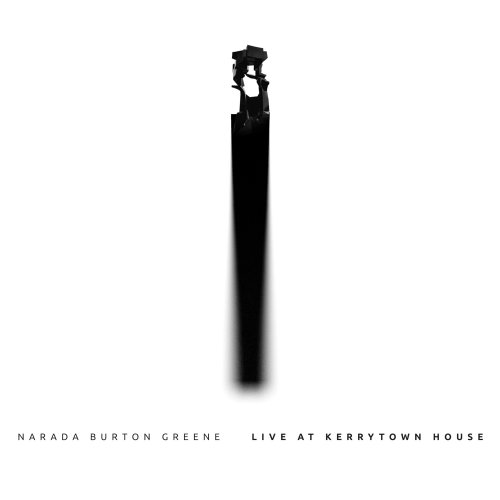
Artist: Narada Burton Greene
Title: Live At Kerrytown House
Year Of Release: 2012
Label: NoBusiness Records
Genre: Free Jazz
Quality: FLAC (tracks)
Total Time: 01:17:37
Total Size: 277 MB
WebSite: Album Preview
Tracklist: Title: Live At Kerrytown House
Year Of Release: 2012
Label: NoBusiness Records
Genre: Free Jazz
Quality: FLAC (tracks)
Total Time: 01:17:37
Total Size: 277 MB
WebSite: Album Preview
01. Freebop The 4th (4:41)
02. Tree (7:40)
03. Freebop The 1st (5:39)
04. Prevailence (8:14)
05. Green Mansions (12:12)
06. Little Song (5:25)
07. Elevation (6:25)
08. Freebop The 6th (6:03)
09. Don't Forget The Poet (5:32)
10. Get Through It (8:58)
11. Space Is Still The Place (6:48)
Does the world need yet another solo piano album? Well if they are all as enjoyable as this then there would be no doubt as to the answer. Live At Kerrytown House captures veteran pianist Narada Burton Greene in pristine clarity on a well-tuned instrument, for an intimate set from Ann Arbor in 2010. Even though Greene came of age with the likes of saxophonists Marion Brown, Gato Barbieri and Albert Ayler in the 1960s, this set belies his avant-garde credentials in favor of a series of lyrical and rhythmic interpretations which largely retain both tempo and tonal center. As a basis for his extemporizations, Greene selects numbers from a mixture of sources along with four originals. Even on those penned primarily by others, the pianist takes a composer credit in acknowledgement of his idiosyncratic arrangements and extensions.
Straight from the opening "Free-bop the 4th," one of four tunes jointly written by Greene and collaborator Silke Röllig, it is clear that bass and drums won't be missed. The pianist revels in the prancing theme, pausing only to interpolate witty asides. Later on the closely related "Free-bop the 1st," the American accentuates the stride with his rolling right hand, while keeping his fabulous inventions, including some percussive clatter, firmly within the metric framework. Now in his 70s Greene retains an impish impulse and sounds like he's having a ball. On "Greene Mansions," the longest track at 12-minutes, the American alternates passages of crisp urgency with a variety of timbral diversions, one time plink plonking in the treble extremes, later rumbling with chordal sustains, in a multifaceted extravaganza. Elsewhere he delights in a waltzing excursion inspired by the clenched beauty of Italian pianist Enrico Pieranunzi's "Don't Forget The Poet."
It's not until the closing two cuts, which sound like improvisations, that abstraction and dissonance, make their entrance. Even here, hammer note patterns are never far away, cooling to funereal tolling on "Get Through It," but transformed into extraneous tapping on wood, among the brittle clusters cushioned by silence, on the episodic "Space Is Still The Place." But the overwhelming impression Greene leaves is of melodicism and spirit, executed with an irrepressible personal swing.
Straight from the opening "Free-bop the 4th," one of four tunes jointly written by Greene and collaborator Silke Röllig, it is clear that bass and drums won't be missed. The pianist revels in the prancing theme, pausing only to interpolate witty asides. Later on the closely related "Free-bop the 1st," the American accentuates the stride with his rolling right hand, while keeping his fabulous inventions, including some percussive clatter, firmly within the metric framework. Now in his 70s Greene retains an impish impulse and sounds like he's having a ball. On "Greene Mansions," the longest track at 12-minutes, the American alternates passages of crisp urgency with a variety of timbral diversions, one time plink plonking in the treble extremes, later rumbling with chordal sustains, in a multifaceted extravaganza. Elsewhere he delights in a waltzing excursion inspired by the clenched beauty of Italian pianist Enrico Pieranunzi's "Don't Forget The Poet."
It's not until the closing two cuts, which sound like improvisations, that abstraction and dissonance, make their entrance. Even here, hammer note patterns are never far away, cooling to funereal tolling on "Get Through It," but transformed into extraneous tapping on wood, among the brittle clusters cushioned by silence, on the episodic "Space Is Still The Place." But the overwhelming impression Greene leaves is of melodicism and spirit, executed with an irrepressible personal swing.
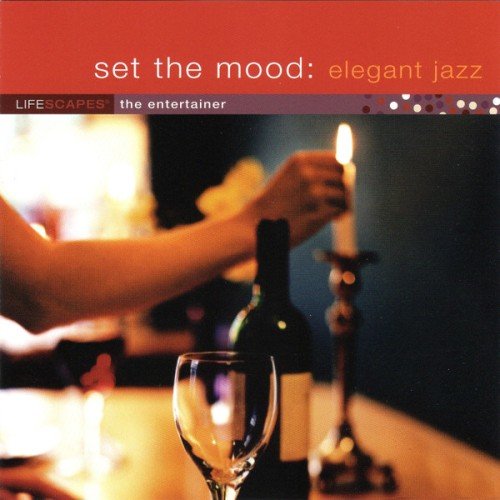
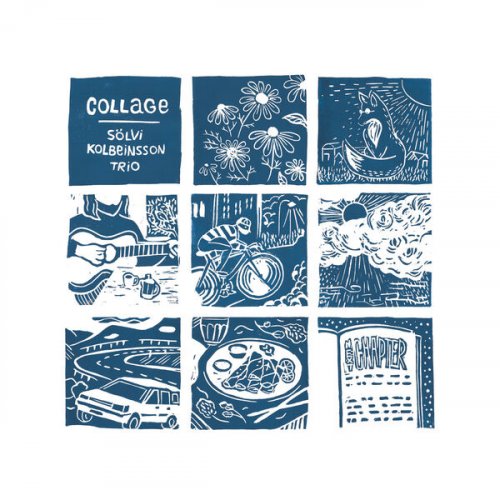
![Cornelius Claudio Kreusch - Scoop (2025) [Hi-Res] Cornelius Claudio Kreusch - Scoop (2025) [Hi-Res]](https://www.dibpic.com/uploads/posts/2025-12/1765893706_folder.jpg)

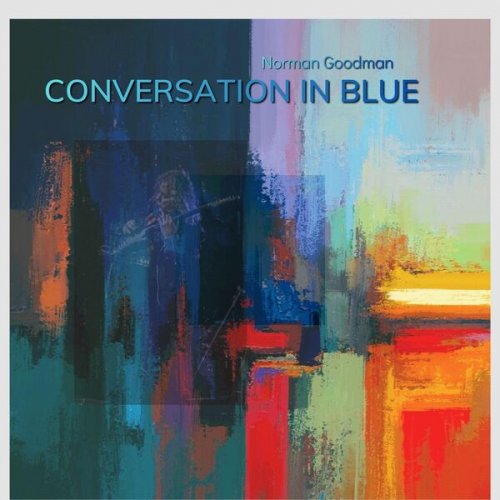
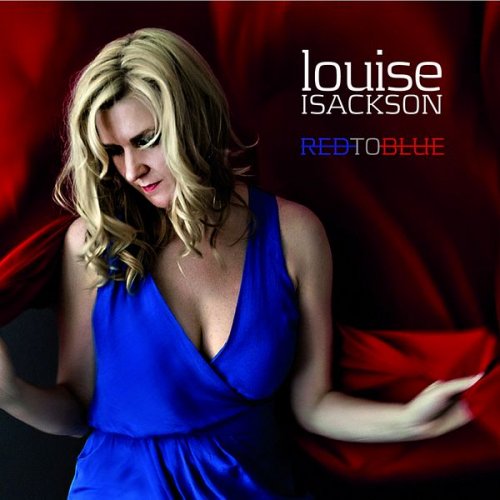


![NYO Jazz - Live in Johannesburg (Live) (2025) [Hi-Res] NYO Jazz - Live in Johannesburg (Live) (2025) [Hi-Res]](https://www.dibpic.com/uploads/posts/2025-12/1765894703_zwp14vk90corb_600.jpg)